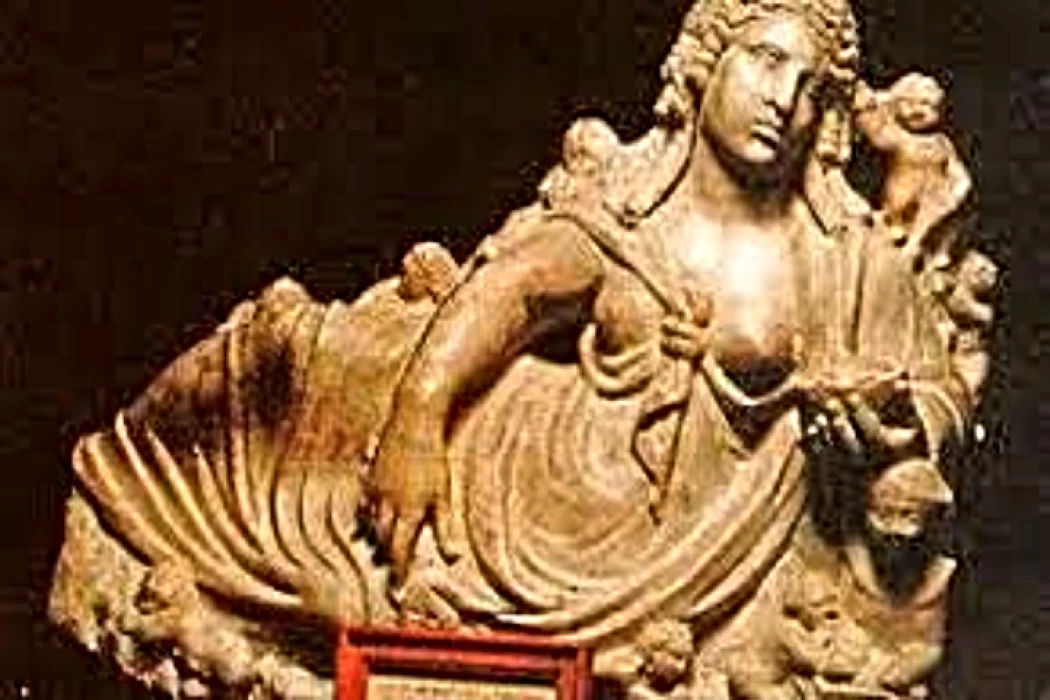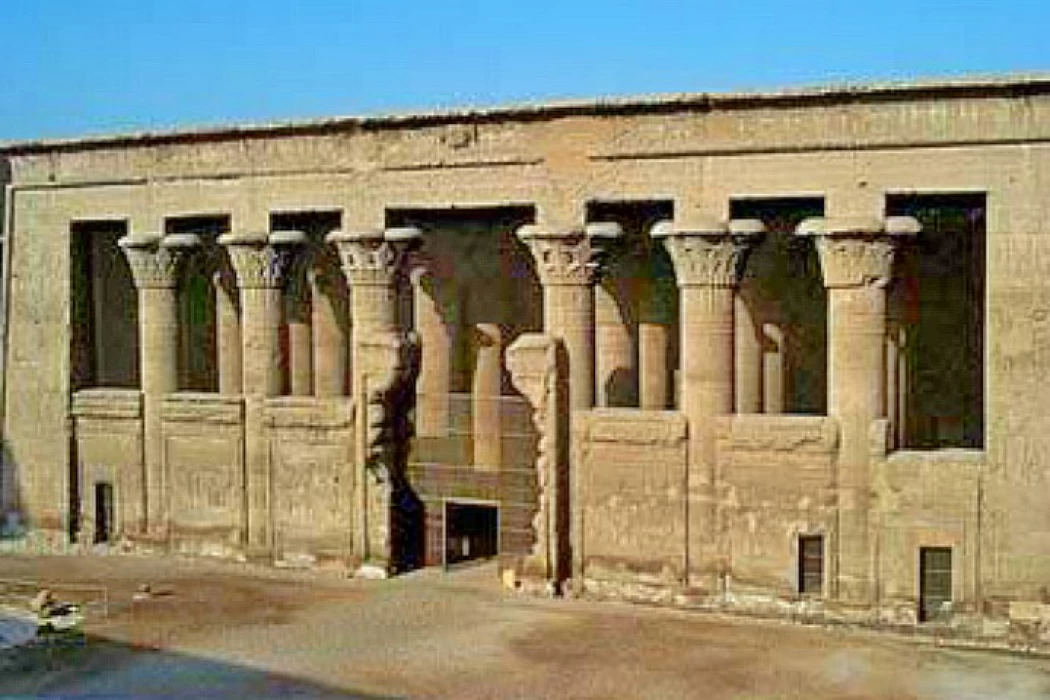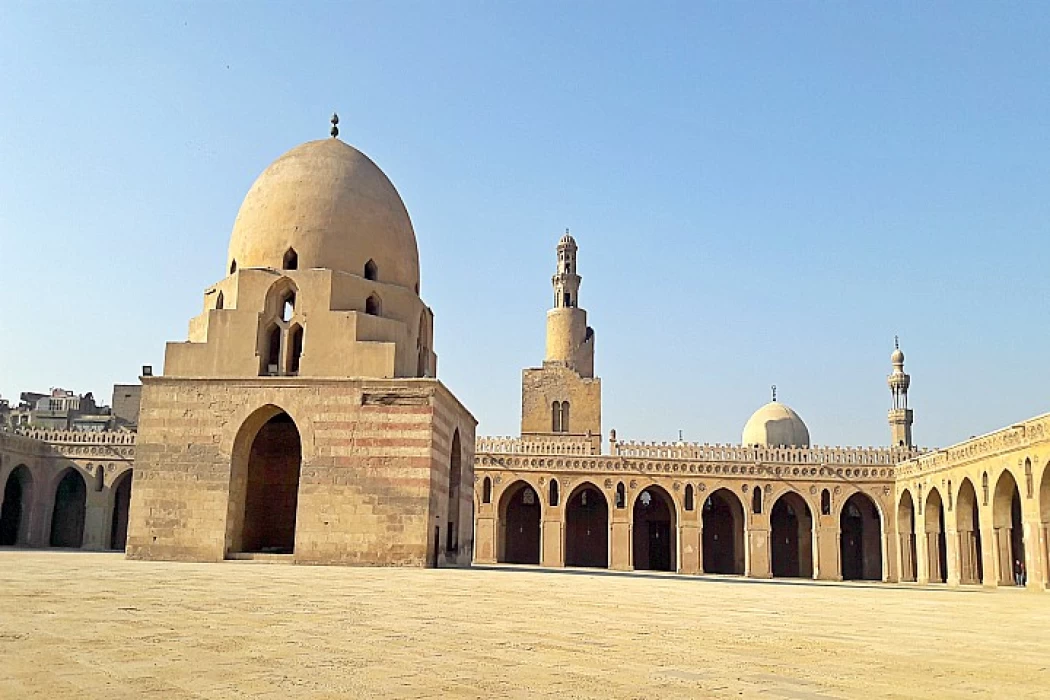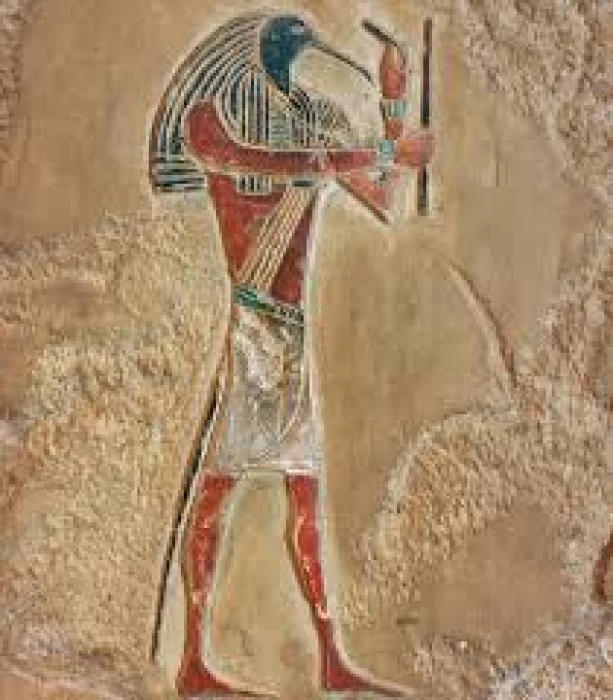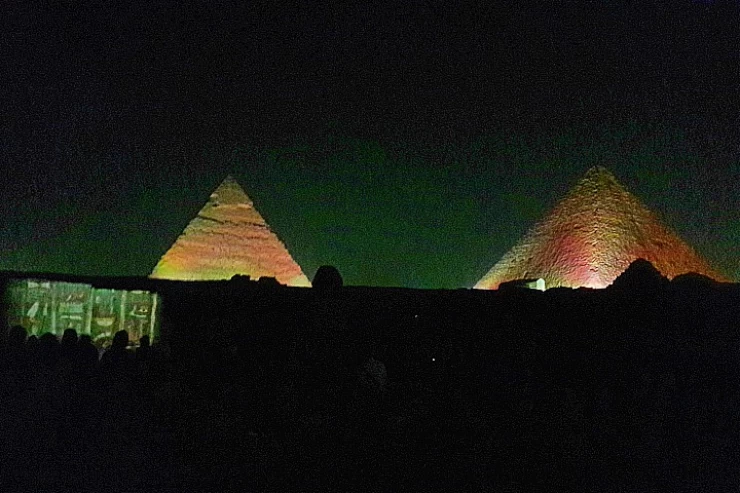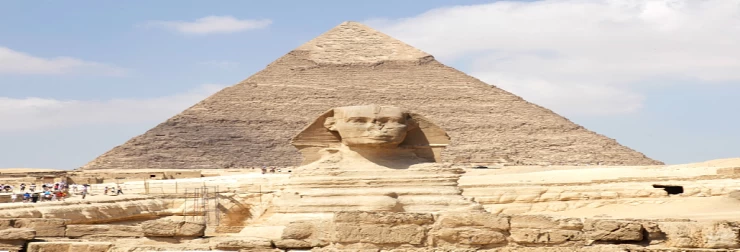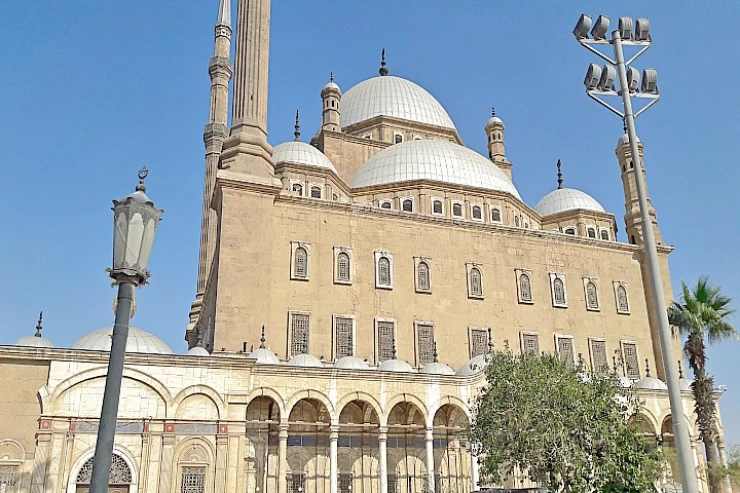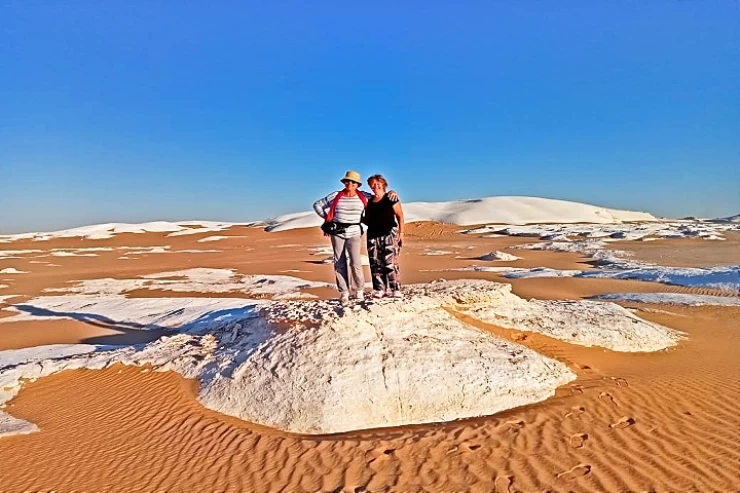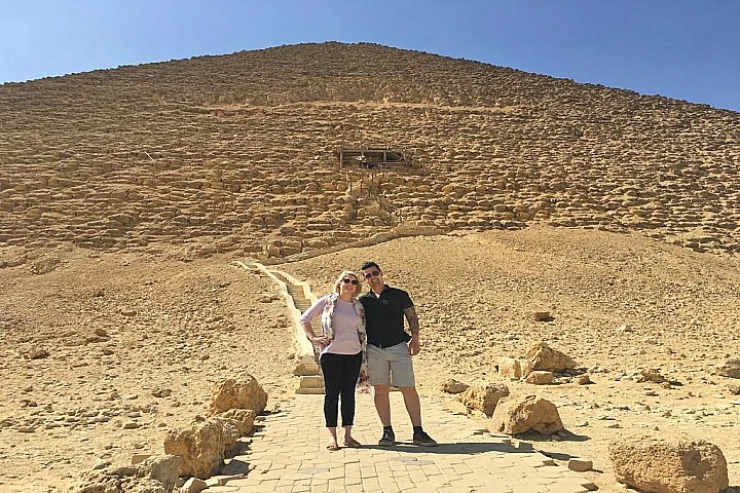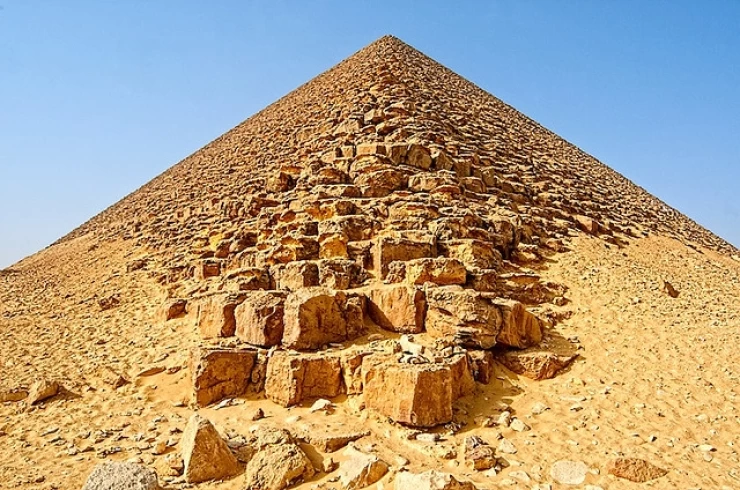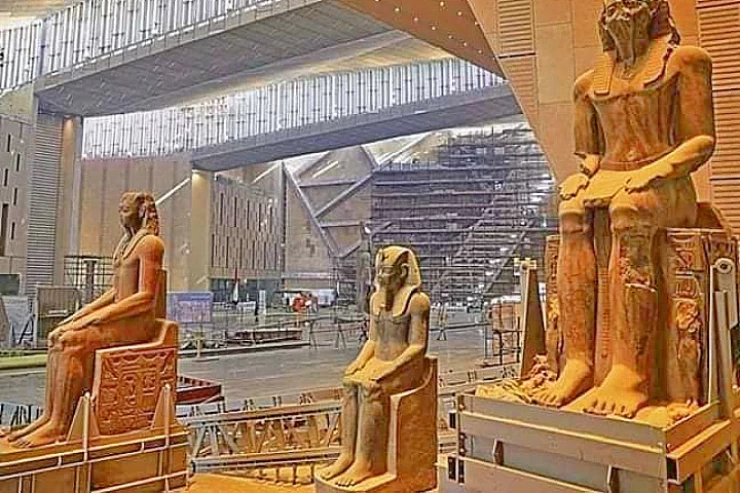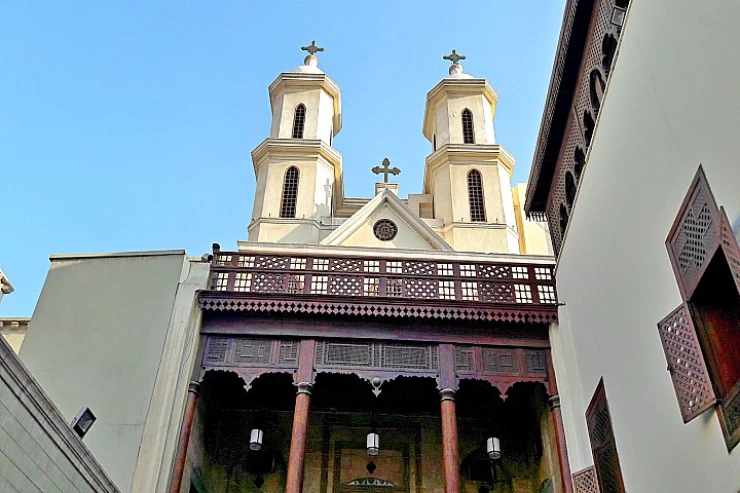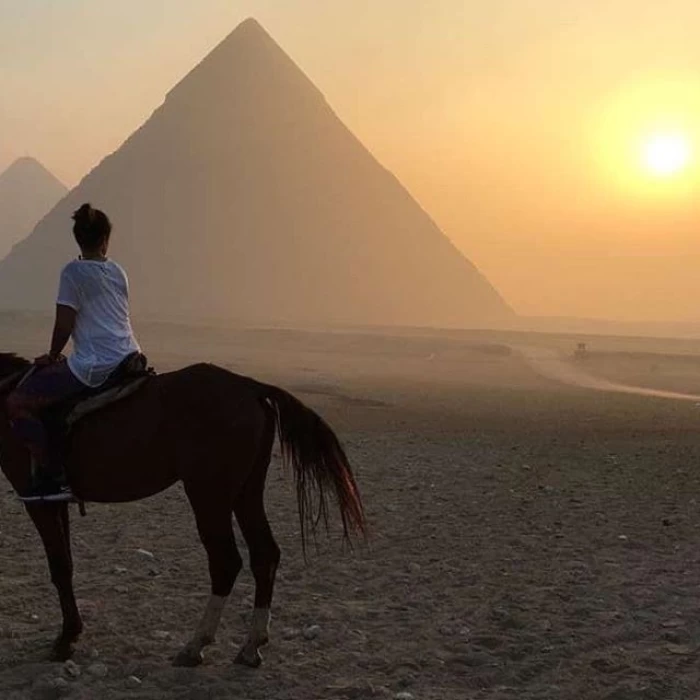
Egypt in History
Stone Age in Egypt was approximately 30,000 BC.
There are many pre-dynastic eras, and they are settlements, most of which were concentrated in the delta where the Nile River silt accumulates. It was also concentrated in Wadi Halfa after that, and at that time they relied on fish as a main food in their lives, and many civilizations came to the land of Egypt, such as the Sebilian, Qadani, and Harifian civilizations.
- Predynastic era (4400-3000 B.C.)
- This era contains some somewhat early civilizations, such as the Badari and Naqada civilizations, which are considered civilizations that paved the way for the beginning of the Pharaonic civilization, as they excelled in the pottery industry and developed some features of hieroglyphic writing.
2- The Old Kingdom (3000- 2686 B.C.)
It is divided into several periods, including periods that began with Menes Narmer, who is considered the first king in the history of Egypt. This era extends from King Menes until the Sixth Dynasty, and many kings came, such as King Zoser in the Third Dynasty, who built the Step Pyramid, and the kings who built the three pyramids in the Fourth Dynasty. After that, the Fifth Dynasty began, which was the first to worship the sun god Ra, which ended with King Unas, the writer of the Pyramid Texts, until the period of the last dynasty, in which the state began to weaken. Among its most famous kings was King Pepi II. Finally, Egypt went through a transitional period until the Middle Kingdom began during the reign of the Eleventh Dynasty.
The Middle Kingdom (2030-1650 B.C.)
This era began with King Intef the Great, who considered himself Horus, and was followed by King Mentuhotep I, who entered into a conflict with Intef the Great, and the wars between them continued for long periods until the last conflict during the reign of Mentuhotep II. Thus, the Twelfth Dynasty defeated the Eleventh Dynasty until his minister Amenemhat I came after that and became the first king of the Twelfth Dynasty, and Egypt continued to prosper and grow and passed through kings such as Senusret I and II until they reached the last king of the Old Kingdom, King Amenemhat III. Thus, the Middle Kingdom era ended, and the Second Intermediate Period came, which ended with Ahmose expelling the Hyksos and the beginning of a new era until the New Kingdom began as one of the greatest Pharaonic periods in history.
The modern kigdom (1570-1070 B.C.)
This era is one of the best eras in history. It began with the liberation of Egypt at the hands of Ahmose, and among many kings who left a great pharaonic legacy, such as the great Hatshepsut, followed by Thutmose III, then Amenhotep III and IV, until the Eighteenth Dynasty, and its most famous kings are the golden king Tutankhamun and Horemheb, until King Ramses I, founder of the Nineteenth Dynasty. After him came many kings, such as Seti I and II, Ramses II, owner of the Abu Simbel Temple, and Ramses III as well, who is considered the last great king in the modern state.
pre-greek era
At the end of the glorious era of the pharaohs, especially during the reign of King Ahmose II, when Cambyses asked him to marry his daughter, Ahmose refused and tried to enter Egypt, but before he arrived, Ahmose II died, and his son, King Psamtik III, entered the war in his place, but he lost and occupied Egypt for a long time, and Egypt remained under Persian rule.
Greek Period (Ptolemaic) 332–30 BC
In 333 BC, Alexander the Great was able to defeat the Persians and expel them from Egypt. Then Alexander built the city that has the same name as him, which is Alexandria, until Alexander died and was followed by the Ptolemies, who built many places such as the Temple of Philae in Aswan and the ancient Library of Alexandria, which was the destination of all scholars from all over the world.
This was before it was burned during the reign of Julius Caesar, as they say, but it is not certain. Egypt remained in the era of the Ptolemies until the naval Battle of Actium and the end of the Hellenistic period, and Egypt became a Roman province
Roman and Byzantine era (30 BC–642 AD)
Egypt remained a Roman province, but all that mattered to the emperor at that time was to protect his borders from external danger and build the largest empire in history. However, with time, Christianity began to appear, especially in Egypt after its entry at the hands of Saint Mark. The Romans continued to kill Christians until Emperor Constantine made Christianity the official religion of the country. Egypt remained a Christian state until Islam entered Egypt. Islamic eras before the occupation
Islamic Egypt is divided into several eras. Its beginning was with the entry of Islam into Egypt at the hands of Amr ibn al-Aas. After that, Egypt went through many periods and major events.
- The most important eras were the Fatimid and Ayyubid eras, as Egypt lived in peace during these periods, and they were interested in building mosques, such as Al-Azhar Mosque in the Fatimid era and the Citadel of Saladin in the Ayyubid era.
- There were many constructions during the Mamluk era, the most important of which was the opening of the Suez Canal, Muhammad’s control over the surrounding area, and his attempt to build the Egyptian Museum to protect antiquities from theft, and much more, until the Mamluk period began.
3. the Islamic era remained this way until the British entered Egypt in the twentieth century.
Egypt under foreign occupation
Egypt in the twentieth century with the occupation of the British into Egypt. Egypt continued to fight for years and carried out the 1919 revolution led by Mustafa Kamel. Many countries entered Egypt, but they were unable to win and they all left Egypt, like the French and the British, until the last victory in 1973 AD, and Egypt became completely independent.
New Cairo so far
After the assassination of President Sadat and the beginning of a new era with President Mubarak, who ruled Egypt for 30 years until the Egyptian people revolted and removed him from power, and the beginning of darkness that did not last long until President Sisi took power and fought the Brotherhood for many years and ended any danger as the Egyptians proved that they are capable of rising up no matter what the crises are, and this has been the case since the dawn of history.
Egypt under foreign occupation
Egypt began in the twentieth century with the entry of the British into Egypt and they continued to fight the Egyptians for years and carried out the 1919 revolution led by leader Mustafa Kamel and many countries entered Egypt but they were unable to win and they all left Egypt like the French and the British until the last victory in 1973 AD and Egypt became completely independent.
New Egypt
After President Sadat and the beginning of a new era with President Mubarak, who ruled Egypt for 30 years until the Egyptian people revolted and removed him from power, and the beginning of darkness that did not last long until President Sisi ruled and fought the Brotherhood for many years and ended any danger as the Egyptians proved that they are capable of rising up no matter what the crises are, and this has been the case since the dawn of history.
Latest Articles
Admin
The Graeco-Roman Museum
The Greco-Roman Museum of Alexandria is Egypt's most important archaeological museum, displaying a wide and impressive array of antiquities of the Roman and Greek periods, a testament to Alexandria as a hub of culture and civilization in the ancient world.
Admin
Temple of Khnum
The Temple of Khnum in Esna is a great religious monument that stands as a living record of the excellence of Egyptian artists and priests during the Ptolemaic and Roman eras and should attract every lover of Egyptian history and civilization.
Admin
Beni Hassan Tombs
The tombs of Beni Hassan are among the most prominent evidence of the greatness of ancient Egyptian civilization, as they reflect the Egyptians' mastery of architecture and sculpture, as well as the minute details documenting aspects of their daily life and religious beliefs. These tombs, which date back to the Middle Kingdom, are not just burial sites but archaeological treasures that reveal the nature of Egyptian society at the time as well as its political and economic relations.
Admin
Wadi El Rayan
Wadi El-Rayan is one of the most important natural tourist attractions in Egypt, especially in Fayoum, where there are many wonderful places such as waterfalls and springs for medical tourism, as well as mountains for safari and camping.
Admin
Muslim Conquest in Egypt
Egypt became part of the Islamic world and played a pivotal role in Islamic and Arab history. The conquest had a different aspect than many conquests, as it was characterized by organization and negotiation, as well as military power.
Admin
God Thoth
Thoth served as the spiritual representation in Egyptian mythology whose divine nature embodied reason as well as justice and eternal wisdom. The legacy from Thoth spread throughout thinking, religion and science, thus preserving his name in Egyptian and Greek philosophical works.
